1,2-diols are oxidised to ketones or aldehydes by periodic acid HIO4. Periodic acid reacts with dipol to form a cyclic intermeditate. The reaction takes places because iodine is in a highly positive oxidation state, so it readily accepts electrons. When the intermeidate breaks down, the bond between the two carbon bonded to the OH group break.

Which of the following compounds will not react with HIO4?

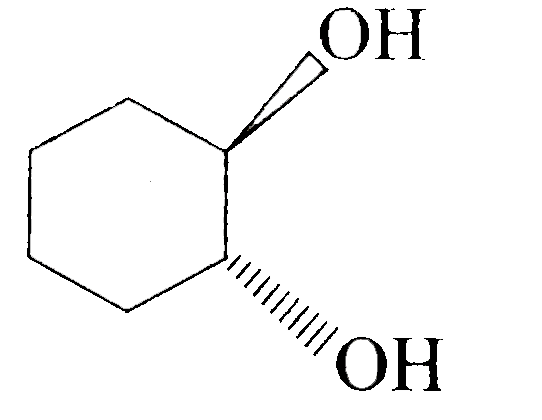
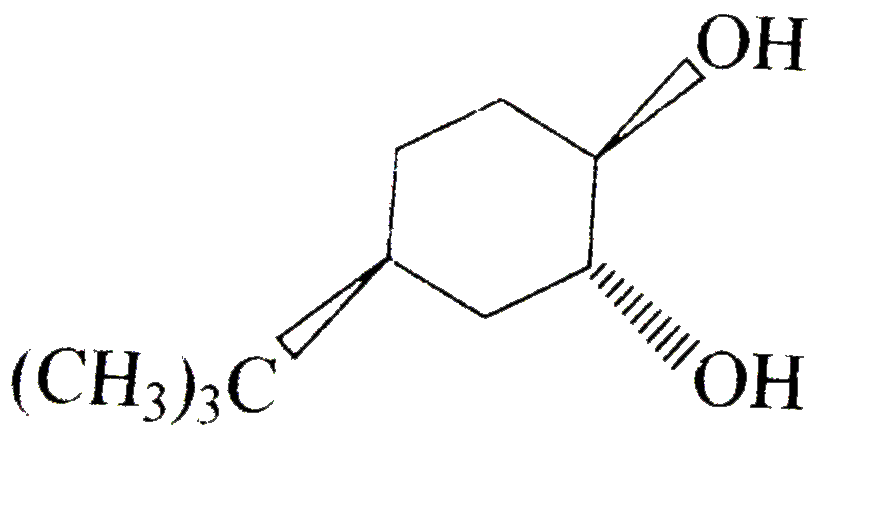
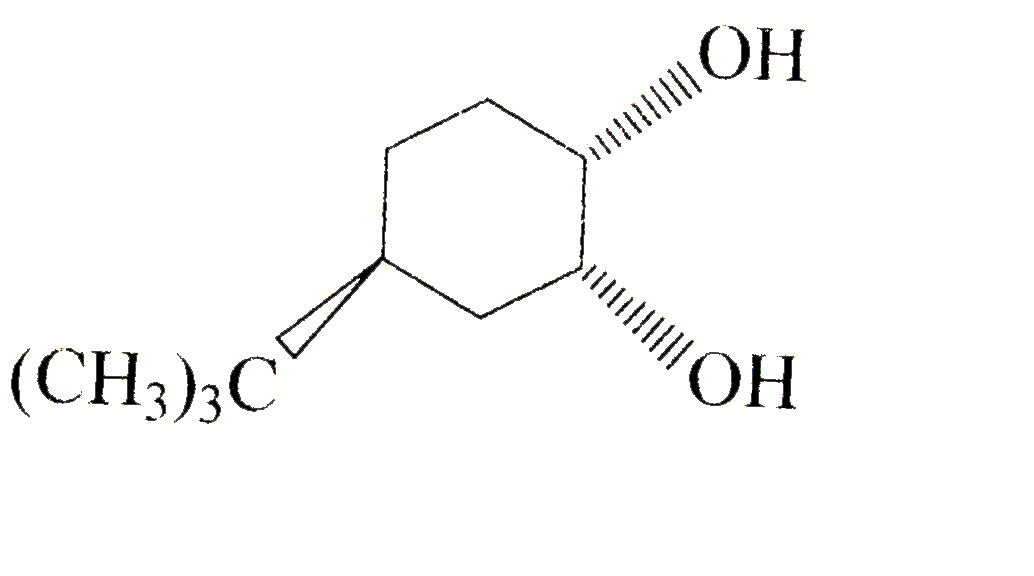
The correct Answer is:C
Step by step video, text & image solution for 1,2-diols are oxidised to ketones or aldehydes by periodic acid HIO_(4). Periodic acid reacts with dipol to form a cyclic intermeditate. The reaction takes places because iodine is in a highly positive oxidation state, so it readily accepts electrons. When the intermeidate breaks down, the bond between the two carbon bonded to the OH group break. Which of the following compounds will not react with HIO_(4)? by Chemistry experts to help you in doubts & scoring excellent marks in Class 12 exams.
Updated on:21/07/2023Similar Questions
A reaction characteristic of vicinal diols is their oxidative cleavage on treatment with periodic acid (HIO4). The carbon-carbon bond of the vicinal diol uinit is broken and two carbonyl groups result. Periodic acid is reduced to iodic acid (HIO3)
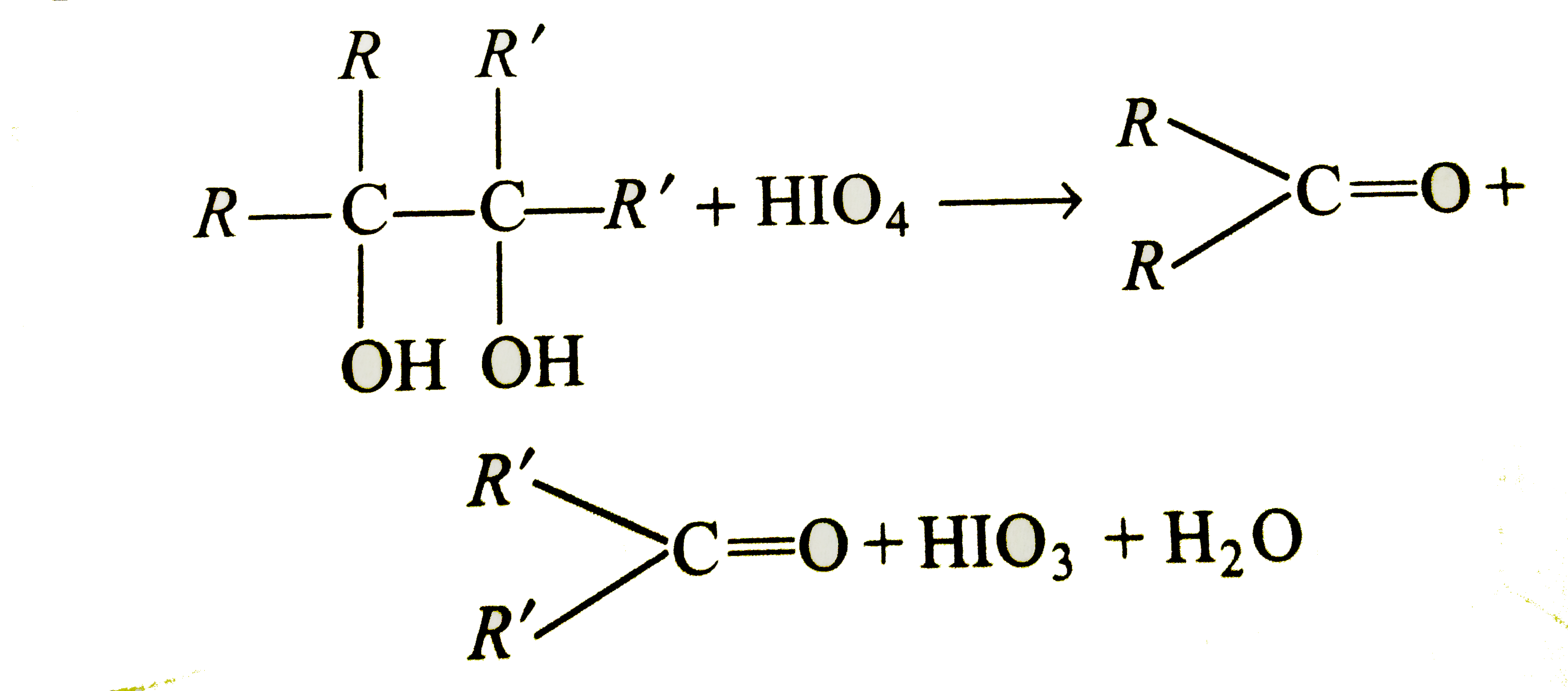
Cyclic diols react to give dicarbonyl compounds. The reactions are faster when the hydroxyl gorups are cid than when they are trans but both stereoisomers are oxidised by periodic acid. Periodic acid cleavage of vicinal diols is often used for analytic purposes as an aid in structure determination. By identifying the carbonyl compounds produced, The constitution of the diol may be deduced.
Which of the following products is/are obtained when glycerol is treated with HIO4 ?
View Solution
When a nucleophile attach te carbonyl group of a carboxylic acid deriative, the carbon-oxygen π- bond breaks. The resulting intermediate is called a tetrahedral inntermediuate because sp2 carbon in the reactant has become a tetrahedral (sp3) carbon in the intermediate.
Here ..Yɵ is leaving gourp, the weaker base is expelled preferentially.
Q. Which of the following given compounds dot't form amide, when react with CH3COCl.
(1). CH3−NH−CH3
(2). CH3−N∣CH3−CH2H5
(3).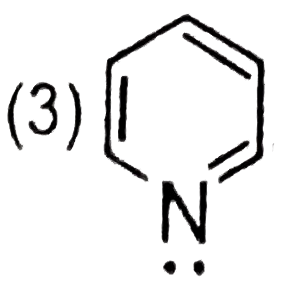
(4). CH3−CH2−CH2−NH2
View Solution
Knowledge Check
1,2-diols are oxidised to ketones or aldehydes by periodic acid HIO4. Periodic acid reacts with dipol to form a cyclic intermeditate. The reaction takes places because iodine is in a highly positive oxidation state, so it readily accepts electrons. When the intermeidate breaks down, the bond between the two carbon bonded to the OH group break.


Identify D.A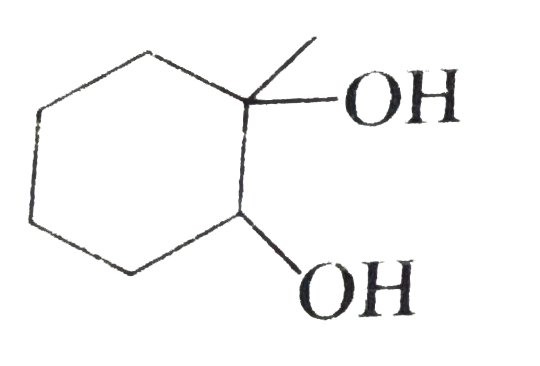 B
B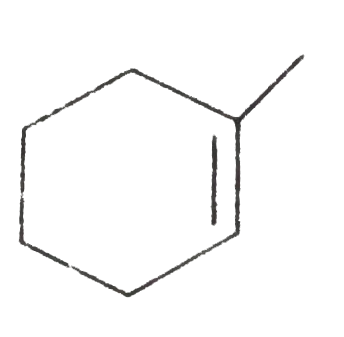 C
C D
D
1,2-diols are oxidised to ketones or aldehydes by periodic acid HIO4. Periodic acid reacts with dipol to form a cyclic intermeditate. The reaction takes places because iodine is in a highly positive oxidation state, so it readily accepts electrons. When the intermeidate breaks down, the bond between the two carbon bonded to the OH group break.

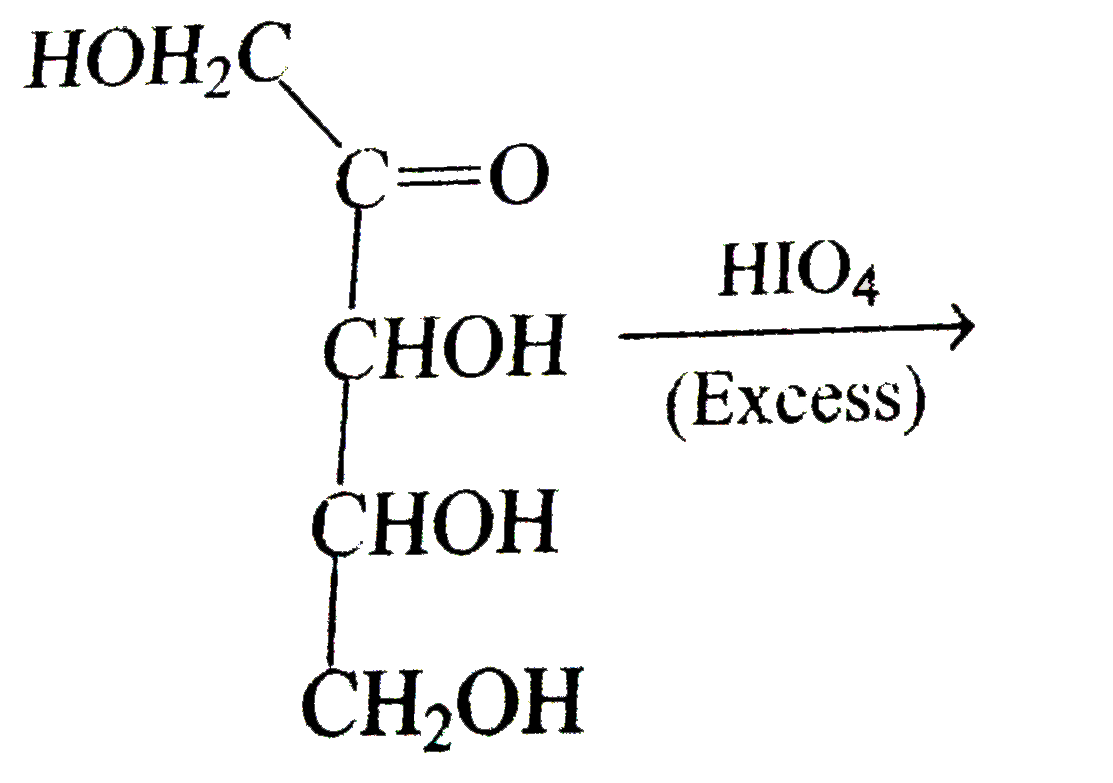
Which of the following will not form by above reaction?AH−O∣∣C−HBCH3OHCCO2DH−O∣∣C−OHA reaction characteristic of vicinal diols is their oxidative cleavage on treatment with periodic acid (HIO4). The carbon-carbon bond of the vicinal diol uinit is broken and two carbonyl groups result. Periodic acid is reduced to iodic acid (HIO3)
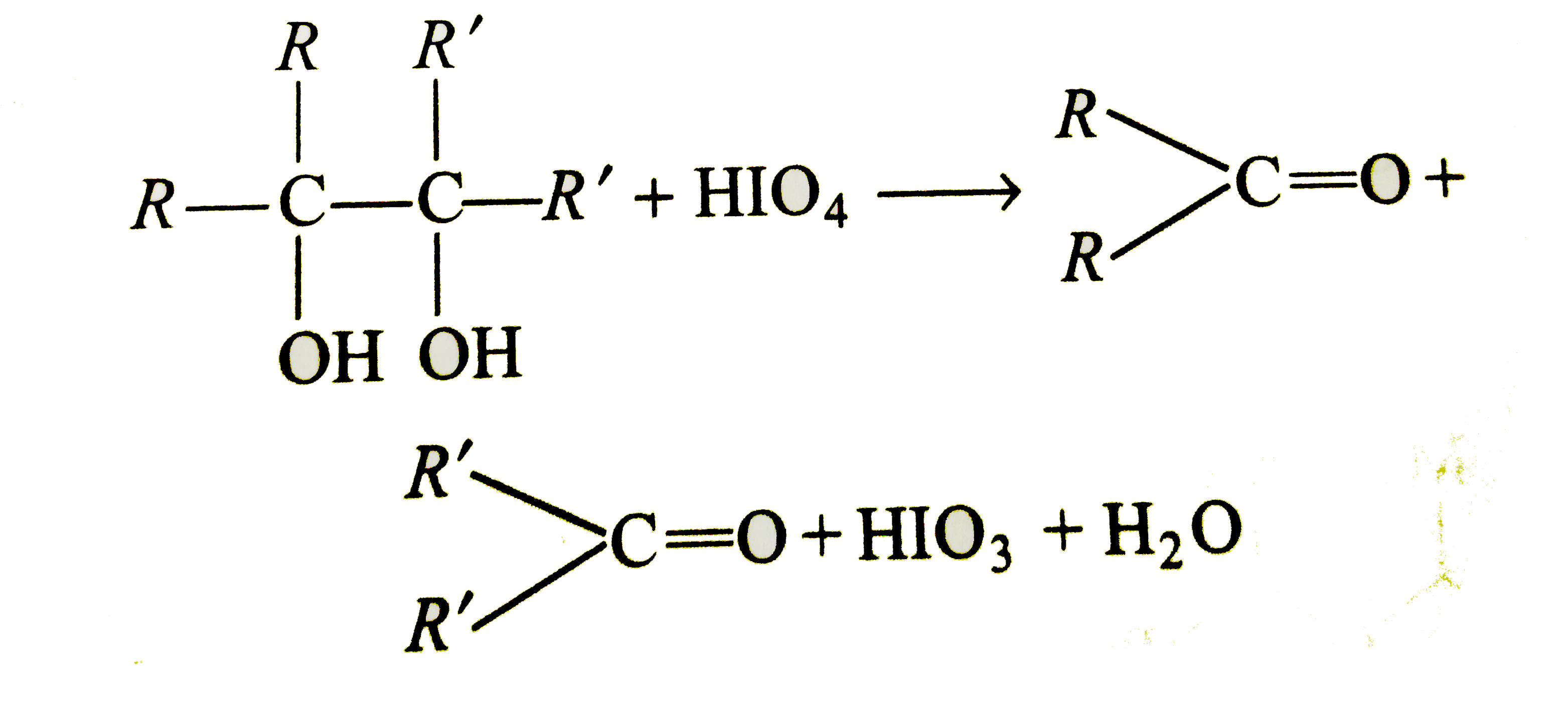
Cyclic diols react to give dicarbonyl compounds. The reactions are faster when the hydroxyl gorups are cid than when they are trans but both stereoisomers are oxidised by periodic acid. Periodic acid cleavage of vicinal diols is often used for analytic purposes as an aid in structure determination. By identifying the carbonyl compounds produced, The constitution of the diol may be deduced.
Which of the following compounds (s) is / are obtained when the following compound is oxidixed by HIO4 ?
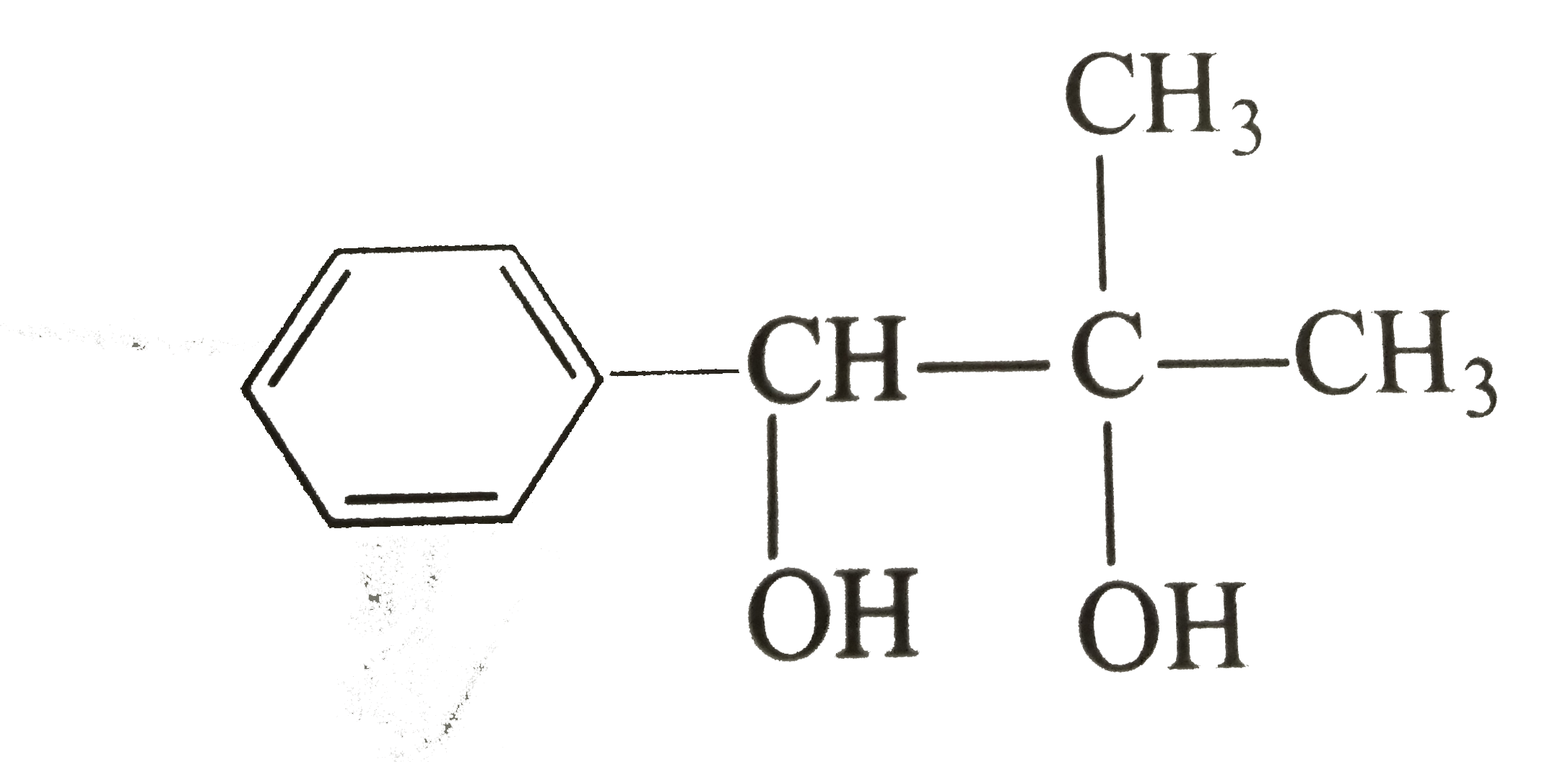 A
A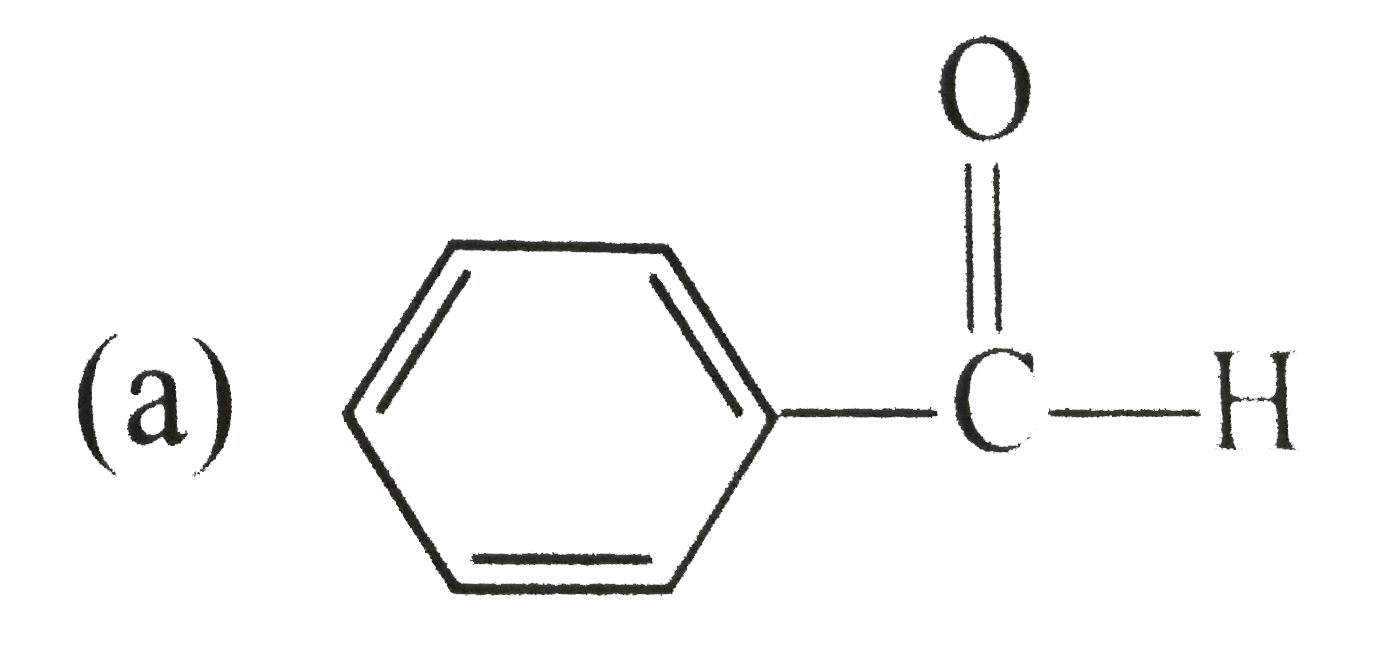 BCH3−O∣∣C−CH3C
BCH3−O∣∣C−CH3C DCH3−O∣∣C−H
DCH3−O∣∣C−H
A reaction characteristic of vicinal diols is their oxidative cleavage on treatment with periodic acid (HIO4). The carbon-carbon bond of the vicinal diol uinit is broken and two carbonyl groups result. Periodic acid is reduced to iodic acid (HIO3)
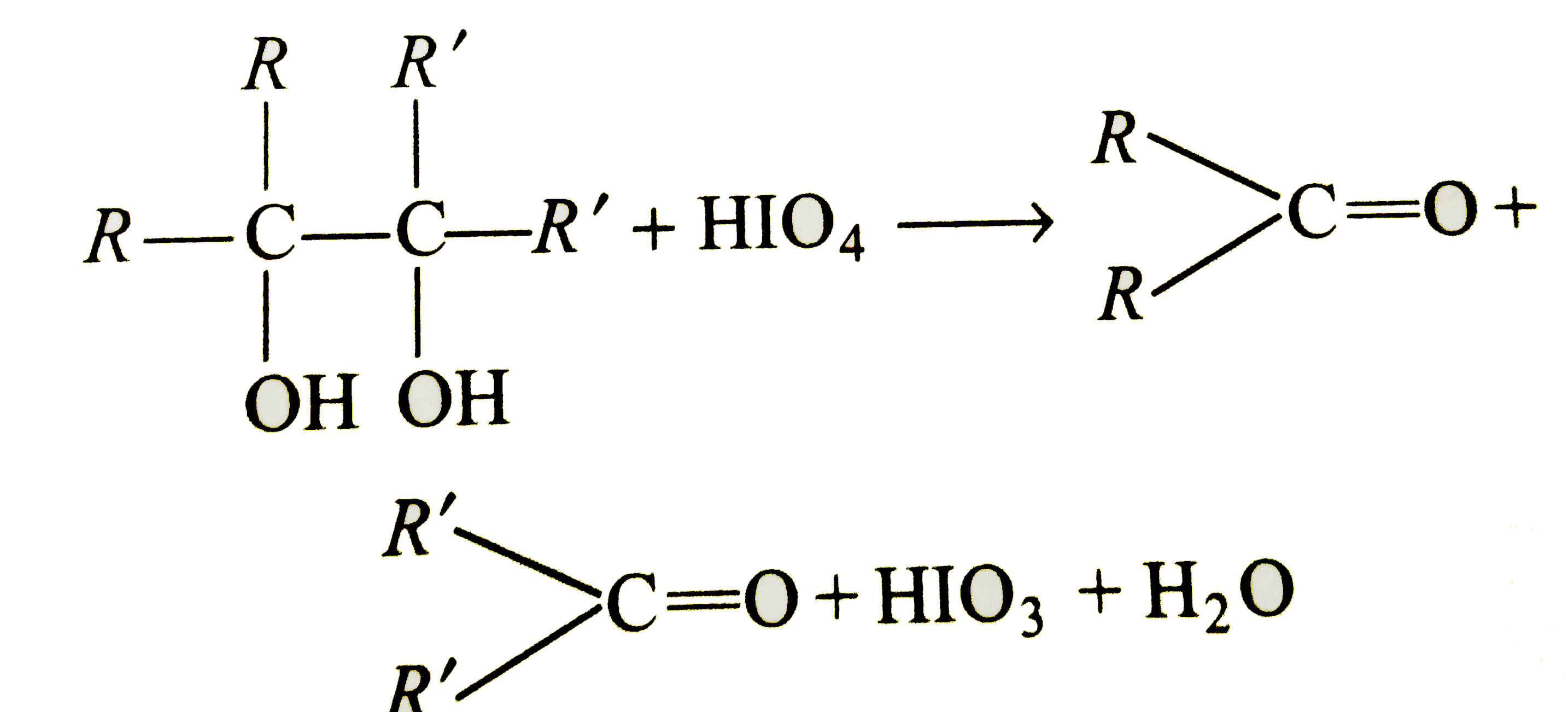
Cyclic diols react to give dicarbonyl compounds. The reactions are faster when the hydroxyl gorups are cid than when they are trans but both stereoisomers are oxidised by periodic acid. Periodic acid cleavage of vicinal diols is often used for analytic purposes as an aid in structure determination. By identifying the carbonyl compounds produced, The constitution of the diol may be deduced.
Which of the following diols will be oxidised by HIO4 ?
View SolutionPrimary and secondary alcohols are dehydrogenated by copper at 573 K to aldehydes and ketones respectively. In contrast tertiary alcohols are dehydrated to alkenes by heating with copper at 573 K. Similarly, primary alcohols are easily oxidised to form first an aldehyde and then a carboxylic acid while secondary alcohols are oxidised to ketones which are further oxidised to form a mixture of acids. Tertiary alcohols are oxidised with difficulty and with strong oxidising agents in acidic medium. They form first ketones and then acids. In the case of alcohols containing carbon-carbon double bond, some oxidising agents oxidise both double bond and OH group while other reagents donot affect C-Chond.
The product of the reaction :
CH3−CH∣CH3−CH2OHPCC−−−−−→Oxidation is
View SolutionCarbonyl compounds give different oxidation products with different reagents. Several oxidising agents can be used to oxides carbonyl compound. Ammonical silver nitrate (Tollens' reagent) oxidises aliphitic as well as aromatic aldehydes.
R−CHOTollenes reagent −−−−−−−−−−→R−COOH+Ag(Silver mirror)
Strong oxidising agents like KMnO4/H+,HNO3K2Cr2O7/H+ oxidise aldehydes as well as ketones. Open chain ketnoes on oxidation give mixture of two carboxylic acids. Oxidation of unsymmetrical ketones takes place acording to Popoff's rule. According to this rule, α whose bond breks in oxidation always belongs to the alkyl group which has more number of carbons.
Which of the following ismost reactive towards oxidation ?
View SolutionThe high reactivity of alkyl halides can be explained in terms of nature of C−X bond which is a highly polarised covalent bond. This polarity is responsible for the nucleophilic substitution reaction of alkyl halides which jmostly occur by SN1andSN2 mechanisms. SN1 reaction is a two step process and in the first step R−X ionises to give carbocation (slow process). IN the second step, the nucleophile attacks the carbocation from either side to form the product (fast process). IN SN1 reaction, there can be racemization and inversion. SN1 reaction is favoured by heavy (bulky) group on the carbon atom attached to halogens. IN SN2 reaction, the strong nucleophile OH− attacks fromt he opposite side
Of the halogen atom to give an intermediate (transition state), which breaks to yields to product (alcohol) and leaving group (X−). The alcohol has a configuratio opposite to that of the halide and is said to proceed with inversion of configuration. SN2 reaction is favoured by small groups on the carbon atom attached to halogen.
Q. Which one of the following compounds is most readily hydrolysed by SN1 mechanism.?
View SolutionA reaction characteristic of vicinal diols is their oxidative cleavage on treatment with periodic acid (HIO4). The carbon-carbon bond of the vicinal diol uinit is broken and two carbonyl groups result. Periodic acid is reduced to iodic acid (HIO3)
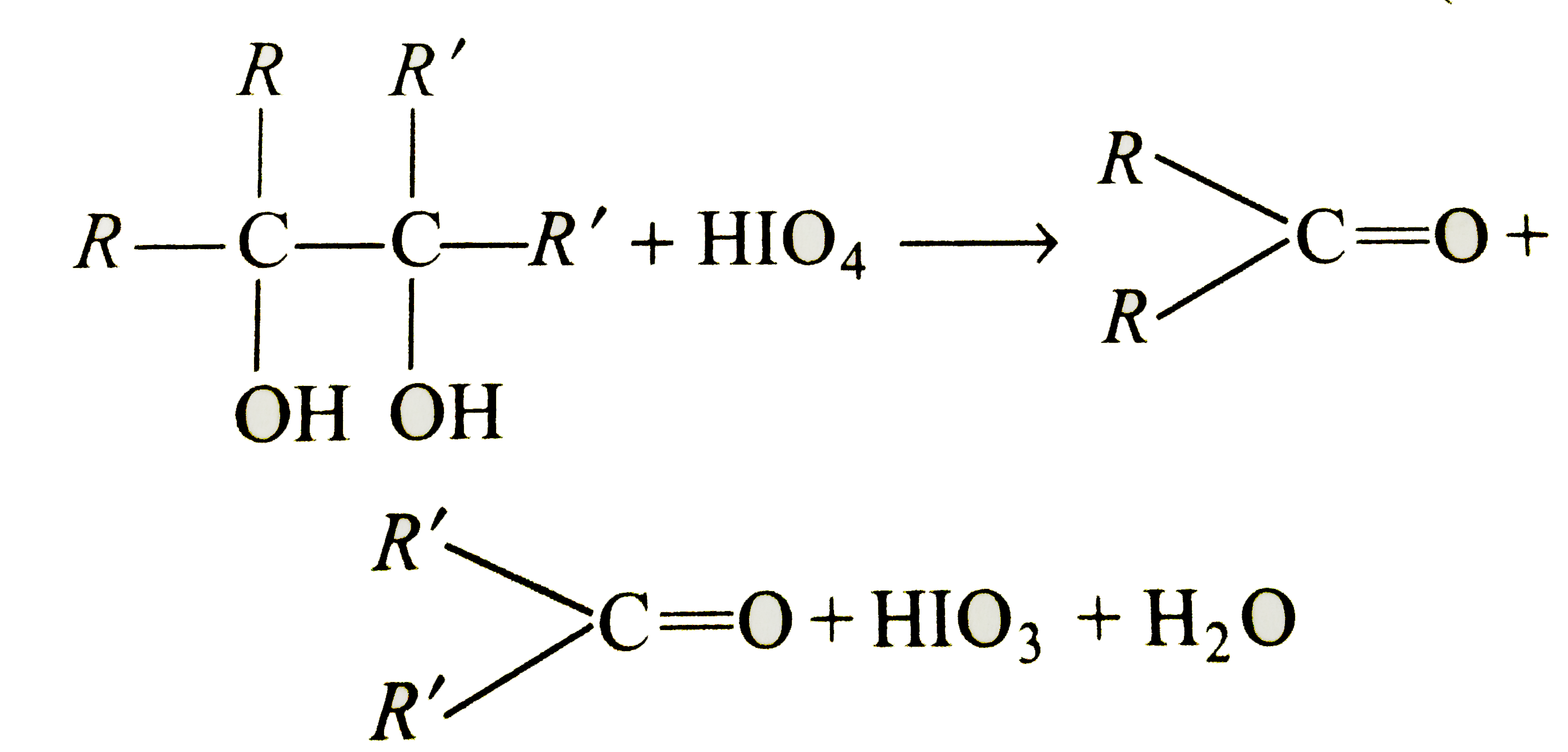
Cyclic diols react to give dicarbonyl compounds. The reactions are faster when the hydroxyl gorups are cid than when they are trans but both stereoisomers are oxidised by periodic acid. Periodic acid cleavage of vicinal diols is often used for analytic purposes as an aid in structure determination. By identifying the carbonyl compounds produced, The constitution of the diol may be deduced.
When arabinose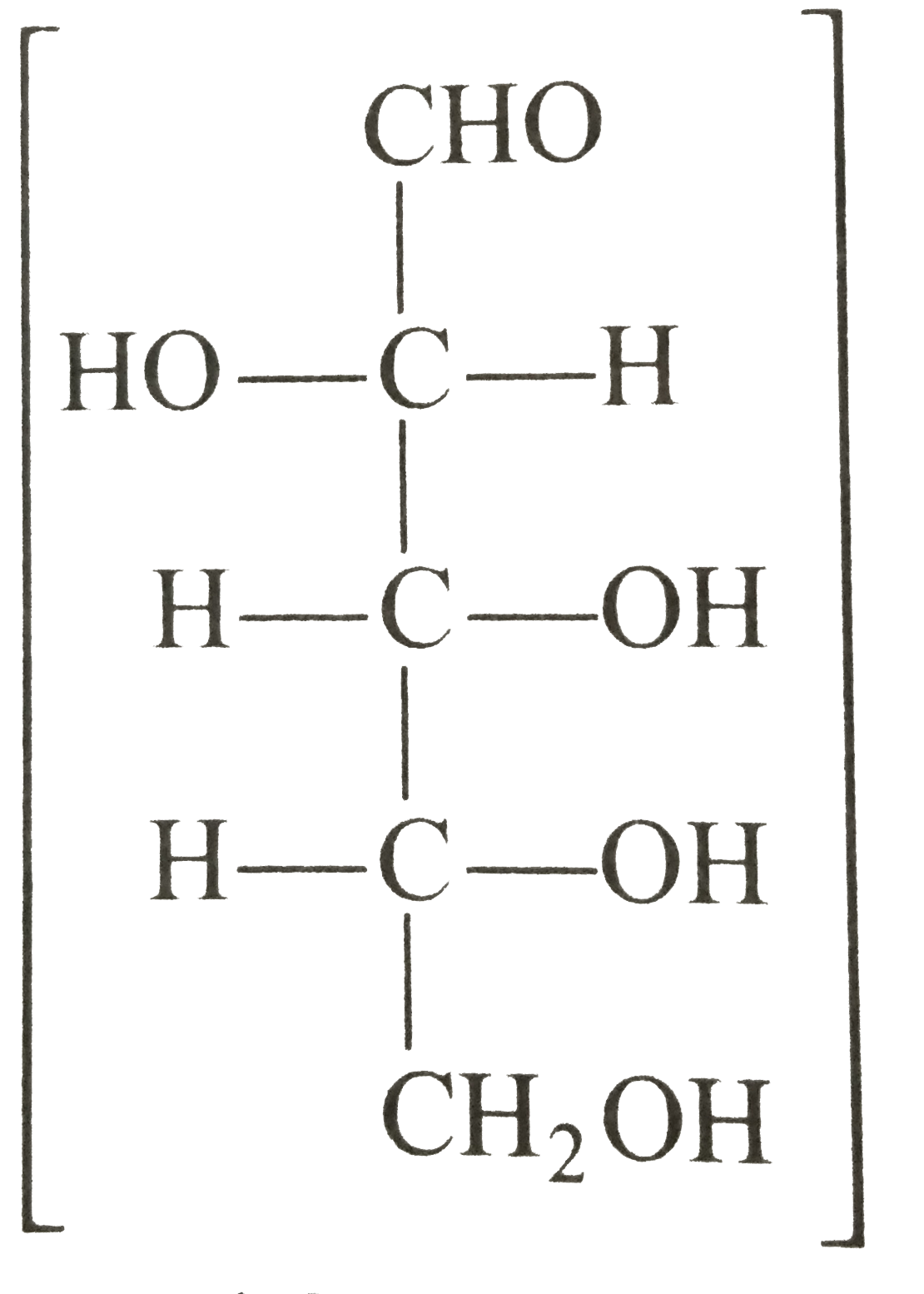 is oxidised by HIO+4, then formaldehyde and formic acid are obtained. Number of molecules of formic acid and formaldehyde obtained respecitively are :
is oxidised by HIO+4, then formaldehyde and formic acid are obtained. Number of molecules of formic acid and formaldehyde obtained respecitively are :
View Solution
